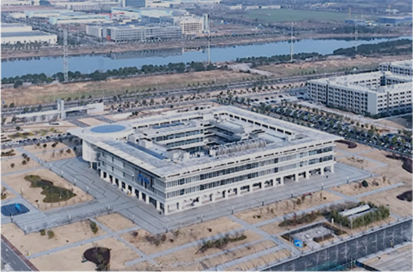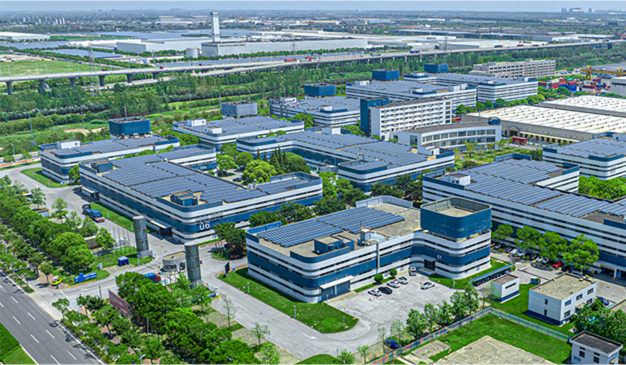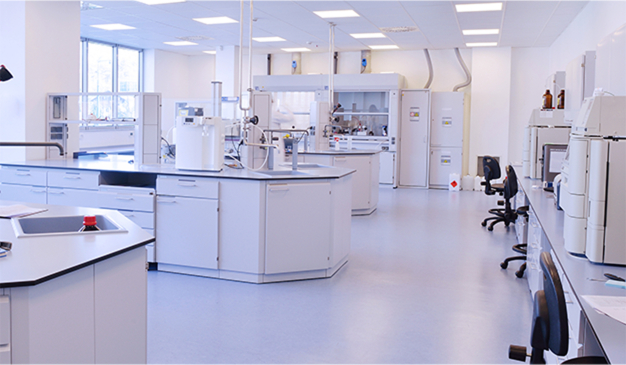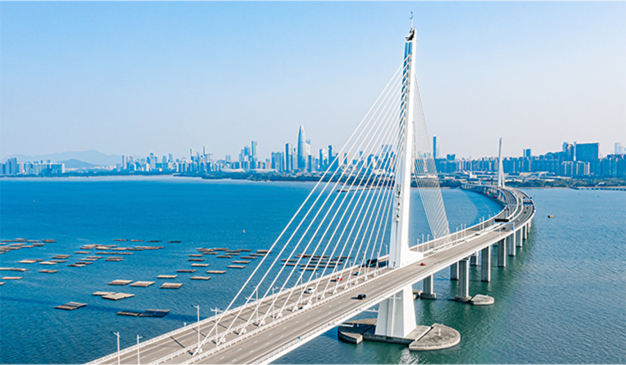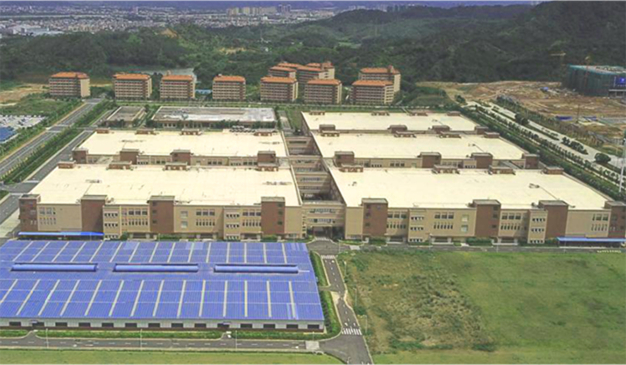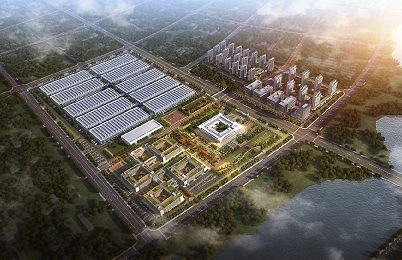Hazardous Substance Control
To control and reduce pollution caused by waste electrical and electronic products, ZTE has established a
comprehensive system for hazardous substance control and green manufacturing. This system encompasses green
procurement, eco-design, green product development, and green manufacturing throughout the entire product
lifecycle. By integrating green environmental practices into the HPPD R&D process and selecting eco-friendly
materials, we ensure the "green design" of products. In production, the QC080000 hazardous substance process
management system is fully implemented for electronic and electrical products, preventing the introduction
of hazardous substances and reducing manufacturing waste to ensure "green production."
The company continually scans global regulations on hazardous substances in electronic products, analyzes
and shares the findings internally, and assesses the impact of these regulations on ZTE. Corresponding
strategies are developed to ensure product compliance. ZTE has developed and launched a global certification
map and an environmental map, which visually display regulatory requirements for various countries,
streamlining the compliance process for hazardous substance control in products. The new GPM environmental
material management system enables automated product environmental assessments, SCIP dossier submissions,
conflict mineral and critical material surveys, and carbon footprint investigations.
ZTE actively participates in international standards organizations (such as ITU and IEC), Chinese standards
organizations, and industry associations' research and exchange activities on hazardous substance management
and testing. We contribute to the reduction of hazardous substances in electronic and electrical products
and have contributed to the drafting and publication of the IEC 62321-12 international standard for
determining certain substances in electronic products. In recent years, we have also helped draft several
national, industry, and group standards supporting hazardous substance control in China's electronic and
electrical products, such as the GB/T 39560 series standards for testing hazardous substances in electronic
and electrical products and guidelines for hazardous substance risk assessment.
ZTE actively works with stakeholders to gradually reduce, eliminate, and replace hazardous substances used
in raw materials and manufacturing processes, continually updating our hazardous substance control
standards. In 2023, we revised and published five environmental standards, including "Requirements for
Prohibited and Restricted Environmental Substances," "Requirements for Green Environmental Labels," and
"Hazardous Substance Monitoring and Management Process for Green Environmental Product Manufacturing,"
ensuring that relevant standards of the hazardous substance management system comply with regulations and
internal response measures. Several servers and routers have received CEC China Environmental Label
certification.
Green and Low-Carbon Design
ZTE focuses on the environmental performance of products throughout their lifecycle, compiling
specifications such as "Product Energy Reduction Technical Requirements," "Carbon Reduction Technical
Requirements for Terminal Products," and "ZTE Product LCA Carbon Footprint Assessment Specifications." These
guidelines integrate LCA requirements into the R&D process, guiding product LCA and carbon reduction from
the development stage.
Strictly adhering to ISO 14040 environmental management lifecycle assessment principles and
framework standards, ZTE established an expert team in 2023 to analyze, quantify, and enhance 11
environmental indicators for typical products, including mobile terminals, multimedia terminals, network
broadband terminals, carrier network equipment, and base stations. By utilizing self-developed low-power
chips, software control, and liquid cooling technology, we achieved significant reductions in product carbon
emissions. In 2023, the physical intensity of greenhouse gas emissions during the use and maintenance phase
of sold system products was decreased by 14.58% compared to 2022, and the absolute emissions over the
lifecycle of sold terminal products decreased by 5.12%, both exceeding targets. ZTE is advancing the
construction of a product LCA database, and as of 2023, the number of products with carbon footprint
assessments reached 101, covering all product categories.
Recycling and Reuse
ZTE follows the management policy of "safety, environmental protection, and professionalism" for recycling,
strictly complying with the Basel Convention's requirements for the transboundary movement of hazardous
waste. Priority is given to cooperating with local service providers for the recycling and processing of
waste products, adhering to each country's electronic waste management regulations, and actively promoting
the recycling and resource reuse of waste products.
ZTE is committed to maximizing resource internal consumption and external recycling through a dual-loop
operation of internal and external recycling.
Internal Recycling: Focuses on comprehensive utilization methods such as disassembly, reassembly, rework,
and repairs to achieve internal consumption of recycled materials in the finished and semi-finished product
stages, reducing scrap rates while meeting quality and compliance requirements. In 2023, the direct reuse
rate of returned materials reached 92%.
External Recycling: Emphasizes collaboration with downstream recyclers to build a global green recycling
network, using compliant and environmentally friendly methods combined with new recycling technologies for
metal refining or organic plastic recycling, enhancing the residual value of discarded materials. In 2023,
ZTE collaborated with over 120 downstream recyclers, recovering 612.5 tons of metal and 43 tons of organic
plastics throughout the year. The rate of material incineration and landfill was kept below 1%.
ZTE actively researches the reuse of recycled materials, with some products already utilizing recycled
plastics. It also promotes weight reduction in product materials, optimizing the design and wall thickness
of CPE product heat sinks, housings, and outdoor installation brackets to achieve weight reduction while
ensuring performance. By optimizing the connection methods between components and within parts, repair yield
rates are improved, and the difficulty of disassembling and recycling discarded products is reduced, thus
enhancing recycling efficiency and reducing scrap rates.
Packaging Reduction Design
ZTE continuously optimizes packaging design and material usage, promoting plastic-free and reduced-plastic
packaging. Through the application of alternative materials and weight reduction design, we promote the use
of environmentally sustainable materials in product packaging.
· Encouraging suppliers to optimize simple turnover packaging to direct shipping packaging, saving over 21
tons of packaging materials annually.
· Reducing the use of composite materials for easier material classification and recycling. Promoting the
use of pure PE material packaging bags instead of PA/PE composite film bags, consuming about 1.8 million of
these bags in 2023, weighing approximately 320 tons.
· Actively promoting the recycling and reuse of packaging materials, with over 6,000 pallets recycled in
2023, saving more than 54 tons of packaging materials annually.
· Promoting plastic-free or reduced-plastic packaging, with several router products achieving complete
plastic-free packaging through surface wear resistance improvement and the use of biodegradable fiber
packaging materials.
· Replacing foam plastic cushioning materials with honeycomb cardboard or pulp molded cushioning materials
in packaging. Changing carton closures from H-type to I-type and reducing the number of pallets and packing
straps, resulting in an annual reduction of over 117 tons of plastic materials.
· Switching cabinet packaging from horizontal wooden boxes to vertical cardboard boxes, saving over 30 tons
of wood annually.
· Providing user guide information through body labels or QR codes on color boxes, reducing paper usage.




